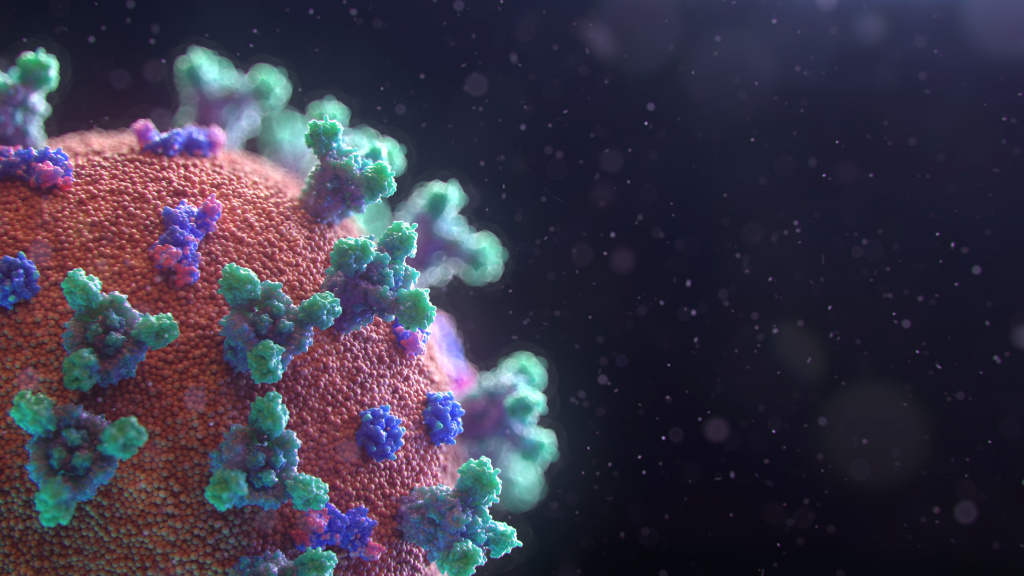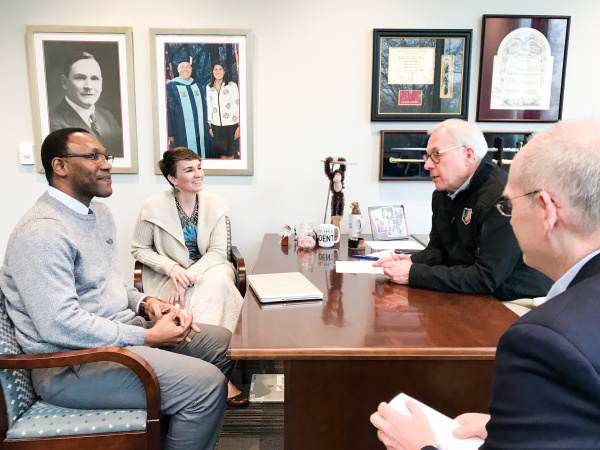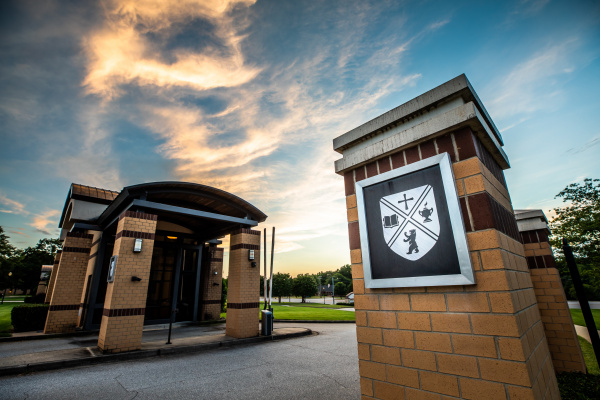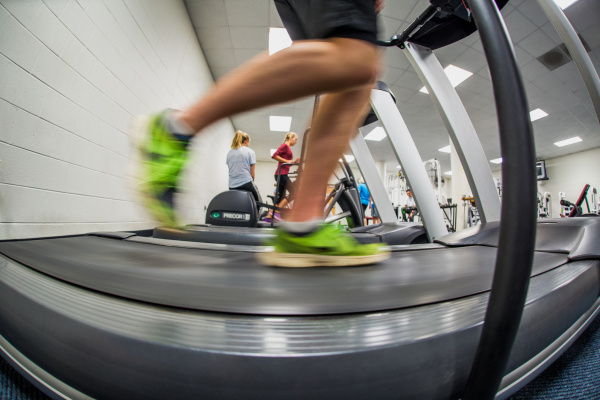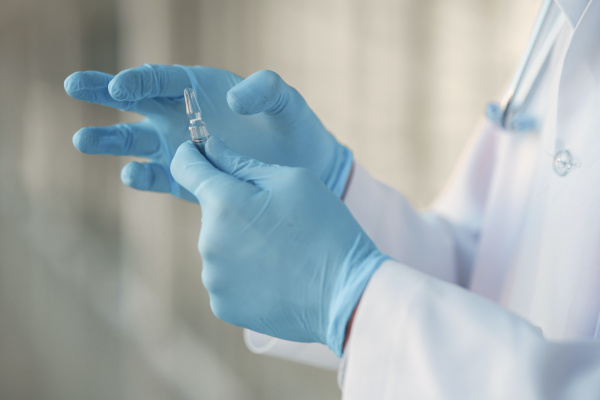What exactly is the coronavirus?
Named for their crown-like shape, coronaviruses are a family of viruses that are often found in animals. However, some are transmittable to humans and can cause illnesses that are manifested in flu-like symptoms or respiratory infections.
Two well-known coronaviruses are MERS and SARS, but the new coronavirus that has caused this pandemic is known as SARS-CoV-2. This virus causes the newly described disease, COVID-19. COVID-19 was unknown before December of 2019. Much research is being done on this new virus to understand how it spreads and what its effects are.
How did the coronavirus start?
COVID-19 was previously unknown before December of 2019. There are many theories about how COVID-19 started, but most can trace it back to the Wuhan province in China. Bats harbor hundreds of different types of coronaviruses, and SARS-CoV-2 is very similar to a virus some Chinese researchers found in bat caves in that region. No one knows exactly how the virus transferred from bats to humans, but now that it is here, it has spread rapidly due to its highly contagious nature.
Contrary to some theories, the virus was not constructed in a lab.
Which countries are affected by the virus now?
The virus has affected at least one person in nearly every country; however, some countries have fared worse than others. The countries that have the largest outbreaks are the United States, China, Italy, Spain and Germany.
How does the WHO and CDC recommend preventing infection?
COVID-19 is highly contagious. In order to prevent the spread of the virus, the CDC and the WHO have released several recommendations.
- Wash hands frequently with warm, soapy water for at least 20 seconds.
- Avoid touching your eyes, nose and mouth when in public.
- Maintain at least 6 feet distance between you and other people in gatherings.
- Avoid contact through hugging, shaking hands, etc.
- Remain at home as much as possible and limit outings to essential trips such as grocery shopping.
- Use proper respiratory hygiene—cover your mouth with your elbow or a tissue when you sneeze or cough. Immediately dispose of any tissues.
- Recently, the CDC has recommended the use of cloth masks when you go out in public.
- If you have symptoms of the coronavirus or have tested positive, avoid going in public until you are no longer infectious.
How long will the pandemic last?
There are many factors that will influence the length of the COVID-19 pandemic. Despite many predictions over the last few months, no one is quite sure how long this pandemic will last. It depends on how quickly countries and communities were able to put preventative measures, such as the closure of businesses, into place. The practices of social distancing, stay-at-home orders and hand-washing will help stop the spread. There is not an official future timeline for the course of the pandemic yet.
What are the symptoms?
The symptoms of COVID-19 are a mild to severe fever, shortness of breath, fatigue and coughing. These are similar to other respiratory conditions such as pneumonia. In fact, pneumonia may develop from severe cases of SARS-CoV-2 infection.
More severe infections could lead to symptoms such as pressure/pain in the chest, being confused and disoriented, a blue hue to the skin or lips, or difficulty breathing.
What do you do if you have these symptoms?
If you have any of these symptoms, the CDC is recommending that you call your local health department or health care provider to seek advice and care. Medical attention should be sought immediately if more serious symptoms, such as those listed above, are developing.
What is the testing procedure?
The testing procedure for COVID-19 begins with a throat swab or a blood draw. The method that is used determines what happens next.
Throat swabs are used to analyze the genome of the virus by looking for two specific genes. A throat swab is very simple and can be accomplished in a short period of time.
Blood draws are used to test the antibodies in blood. If someone’s body has produced the antibodies to fight against the coronavirus, the test will recognize this and conclude that the patient has COVID-19. The downside to the blood draw is that the patient must have had time to produce sufficient antibodies, which often takes up to a week.
Where should I go to be tested in Greenville County?
If you are concerned that you may be infected with the coronavirus, call your doctor. If your doctor decides that you need to be tested, he or she will place a request. Then you may go and get tested where testing is offered.
PRISMA Health’s drive-through testing is located at Greenville Memorial Hospital in the lower level of the South Parking Deck. However, this is not available to the general public; it is only available to those who have received a request from a PRISMA Health provider or from a Virtual Visit provider. In order to be tested, you must present a provider order and official personal identification.
Another location that is offering COVID-19 testing is Premier Medical Laboratory Services on Pelham Road. These are the only two places that are offering COVID-19 testing. If you have a question about other health care providers, please call the South Carolina Department of Health.
Is there a cure or a vaccine?
There is no specific treatment or vaccine for this coronavirus yet. However, there is medicine and treatment to provide relief from the symptoms.
There are some trials underway to determine the effectiveness of certain treatments, but they have not been finished yet. Developing a vaccine or medicine requires many phases of testing in order to make sure it is safe and effective, which could take months. The most effective way to prevent infection is to follow the guidelines listed above.


